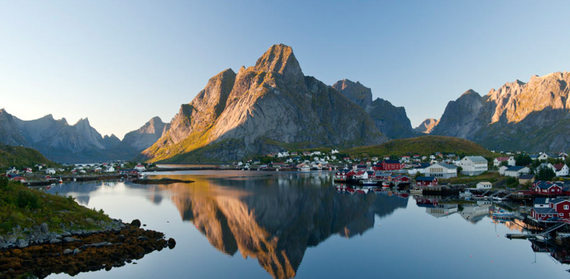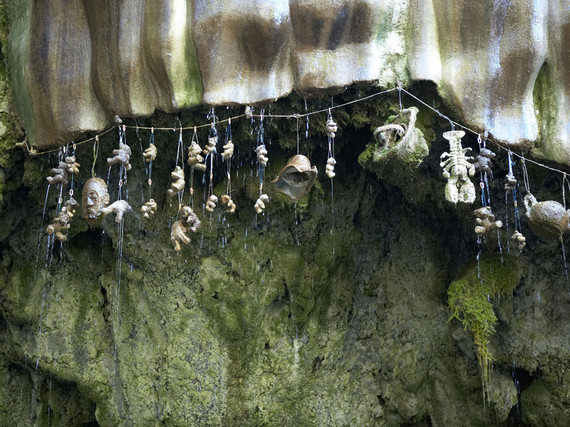Legendary Journeys is immensely proud to offer trips all around the globe that show the world's splendor. There is something to be said about going to exotic locations to see cultures and history that would otherwise elude someone. That is, to us, the heart of traveling: the never ending exploration of what both humanity and nature have constructed around us. From the world's tallest buildings to the most beautiful sunsets, there is so much to enjoy in so many different places! This blog series is about finding some of the most dazzling experiences you can enjoy and giving you a taste of what you can expect out of some of the most amazing locales in the world! Our first stop on our journey together takes us to Rio de Janeiro, Brazil!
Corcovado Mountain is a mountain in the middle of Rio de Janeiro. It stands an impressive 710-meters, or 2,329 ft, and its name means 'Hunchback' in Portuguese. The mountain is the city's most famous landmark by a good margin and it is visited by millions of people each year. The view from the mountaintop is said to be absolutely breathtaking as it provides an excellent view of the expansive city below. Aside from the amazing view however the most amazing attraction for the mountain is the 125 ft statue of Jesus atop its peak, named Cristo Redentor or "Christ the Redeemer" in English. The statue was created by French sculptor Paul Landowski and built by Brazilian engineer Heitor da Silva Costa. The pose of Jesus with his arms wide open was chosen purposefully for the connotations of peace that such a gesture offered. The monument was opened in 1931 and has become one of the most famous symbols in the entire world for Jesus' teachings of love and acceptance. For the Statue's 75th anniversary a chapel was consecrated beneath it so that baptisms and weddings could happen on the site. Christ the Redeemer was named one of the 7 Modern Wonders of the World in 2007.
Mosteiro de São Bento, or St. Benedict Monastery, is a church on St. Benedict's Hill in downtown Rio de Janeiro. It is a great example of Brazilian colonial architecture of its time and also serves as the home for the Archdiocese of the city. The Monastery was founded by Benedictine monks in 1590 and still remains one of the most important religious buildings in the entire country of Brazil! The architecture of the building invokes feelings from the Baroque period as well as the Rococo period. The inside of the church is covered in gold leaf gilding, which makes anyone's first visit inside of the building a positively stunning display of grandeur. The church also features seven side chapels dedicated to various Catholic brotherhoods. The building, known for its design and its rich history, is a place any traveler should see at least once in their lifetime!
Rio de Janeiro is a beautiful city with a lot to offer anyone who wishes to visit it. These two important historical landmarks are just the tip of the proverbial iceberg when it comes to experiencing everything this city has to offer! Legendary Journeys can take you there as part of our amazing Florida to Amazon & Rio Carnival trip! For all of the exciting details on this 48-day trip, go here.

.jpg)




























